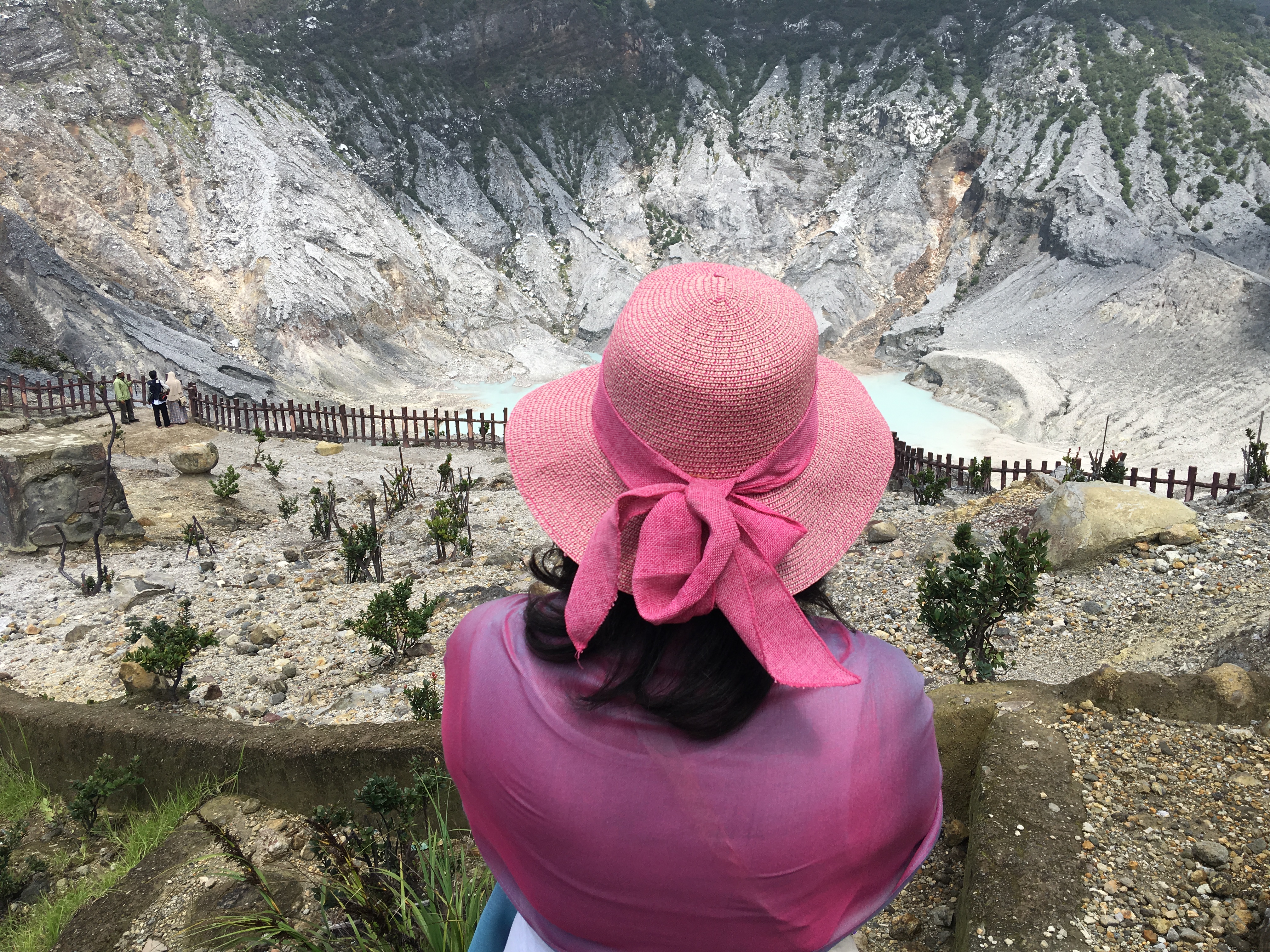Nestled between plantations, forests and rolling hills around Batu Gajah, Perak is a rare and uncommon sight in this part of the world – a beautiful brick castle on a hill.
Kellie’s castle is surrounded by a beautifully manicured garden, and a river (Sungai Raya) running through its grounds.
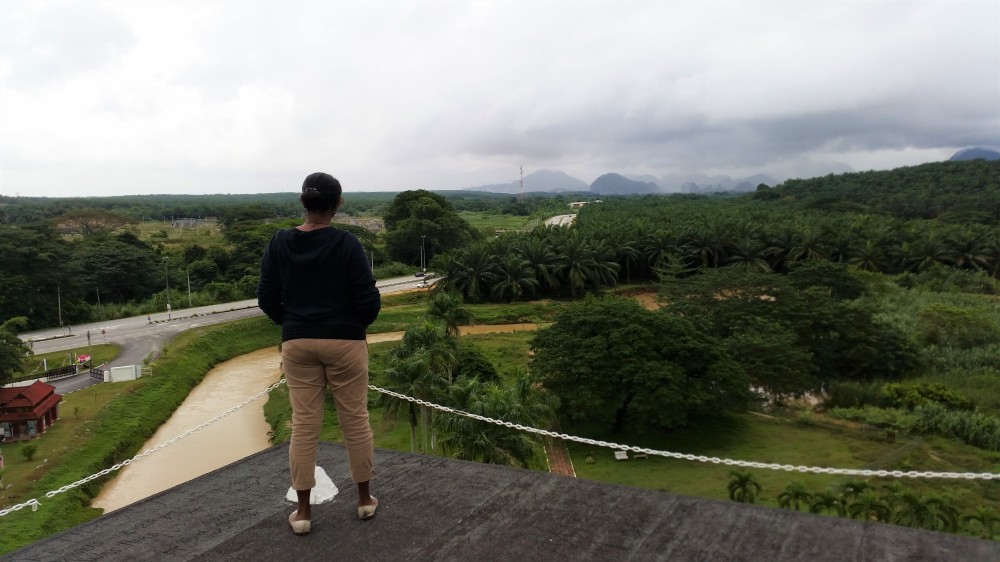
But behind the walls of this castle a sad story unfurls, one of unfulfilled dreams, of tragedy, of love and lives gone too soon.
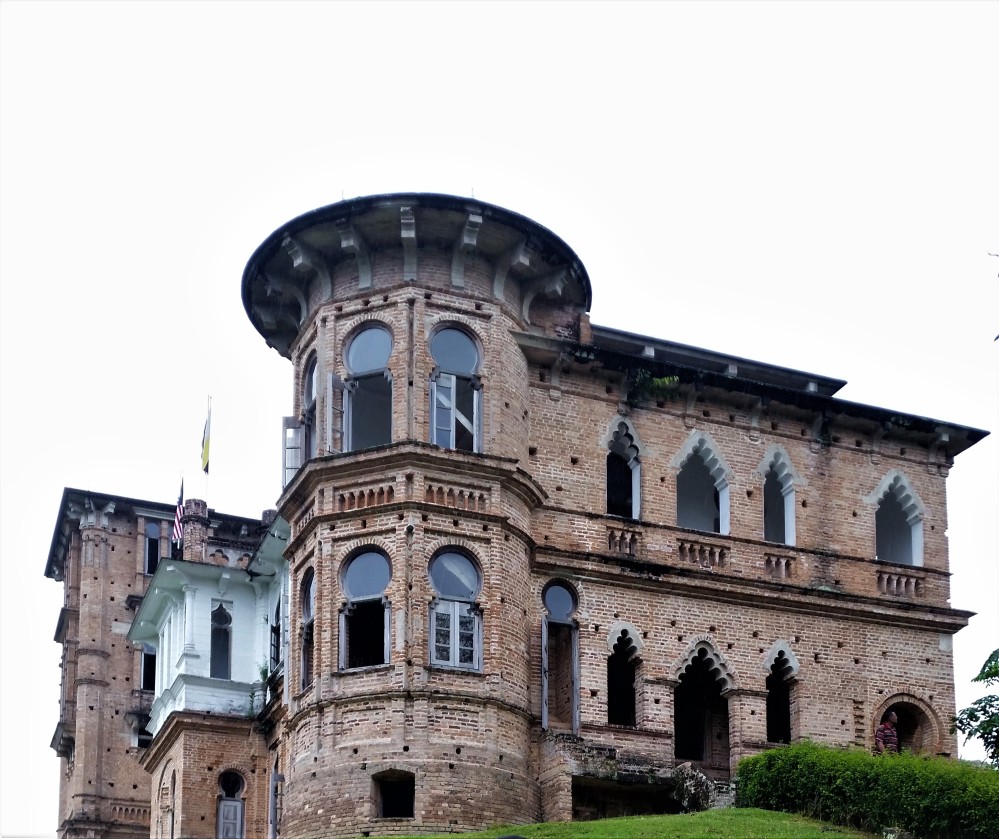
The castle is not too far off from the Batu Gajah exit of the North-South Highway with clear signages leading up to it.
It was raining heavily as we pulled up to the parking area near the castle. The gloomy weather accentuated the dark past of this structure, and created a perfect setting for the apparent haunting and ghost sightings in this castle.
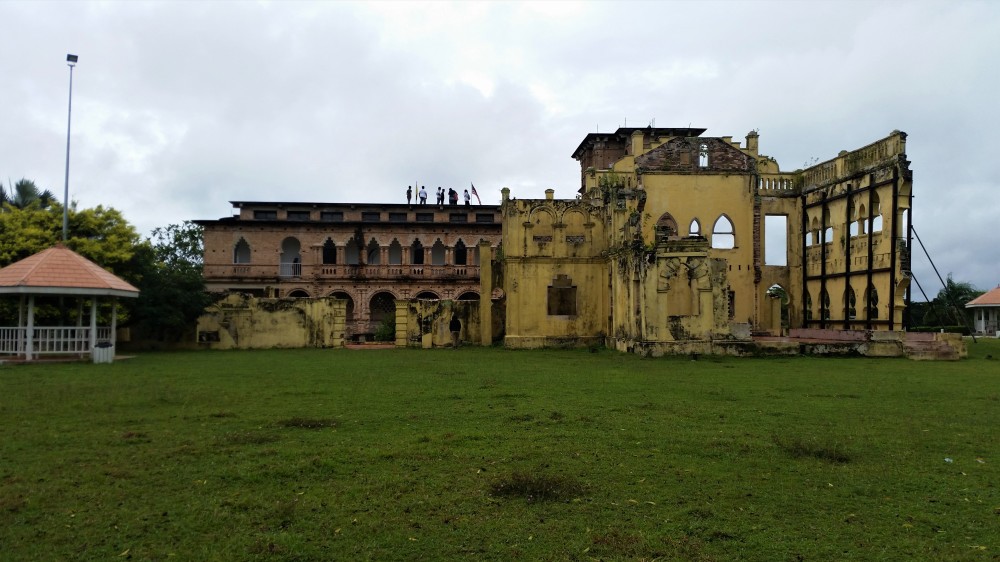
The story of Scottish planter and entrepreneur William Kellie Smith starts off like that of any young 20-year old, sailing to then Malaya from his farm in Kellas in Scotland in 1890, in search of fortune and adventure in a foreign land.
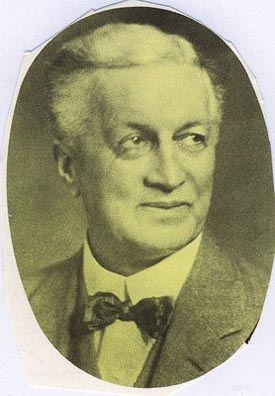
Smith made his fortune through government concessions in Perak to build roads and clear forests for plantations, in addition to investments in the tin mining an rubber plantation industries.
Smith owned the Kinta Kellas Estate and purchased a 960 acre piece of land for his rubber plantation in Batu Gajah.
This was the site on which Smith was to build Kellie’s castle – a home for his beloved family.
He went back to Scotland in 1903, and returned to Malaya with his wife Agnes. They had two children a daughter Helen (1904), and more than a decade later, a son Anthony (1915).
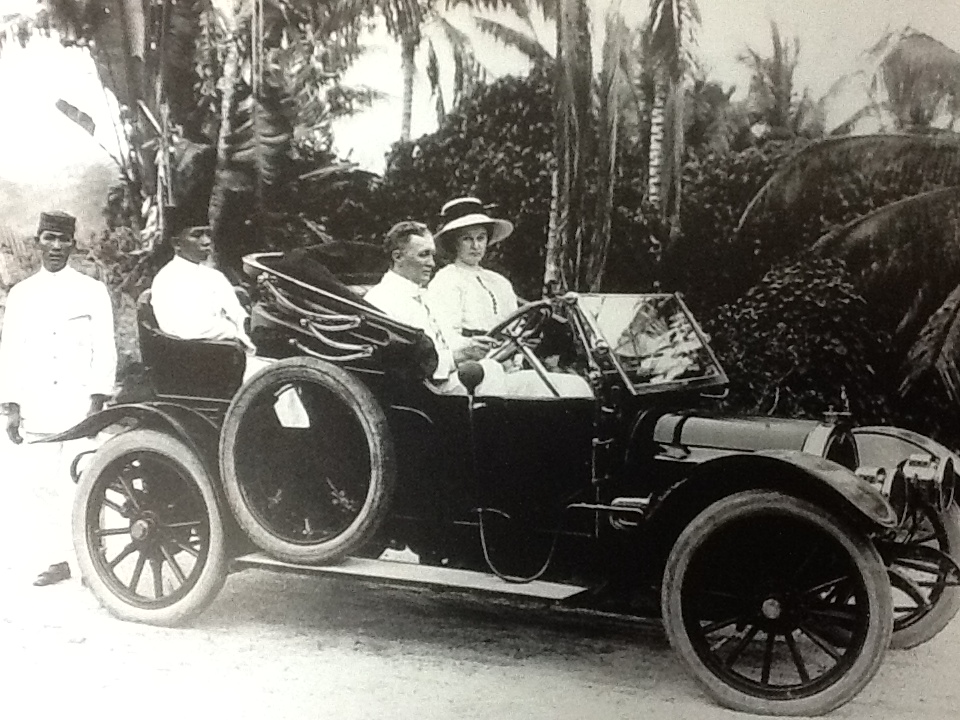
Smith employed 70 skilled artisans and builders from Madras, India to build his castle which featured Moorish and Roman architecture with arched windows, columns, corridors and a tower. Buildings materials were sourced from all over the world.
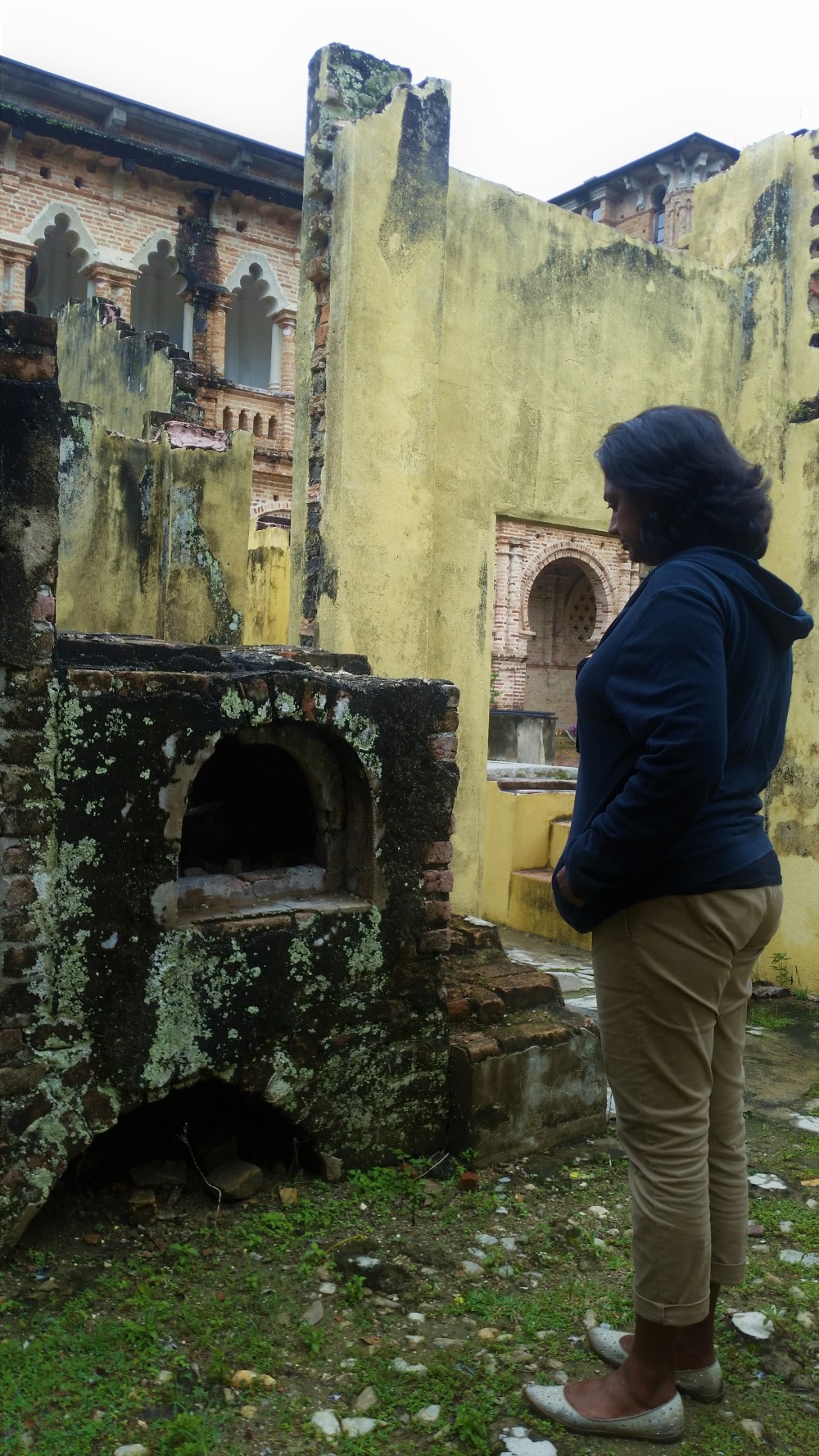
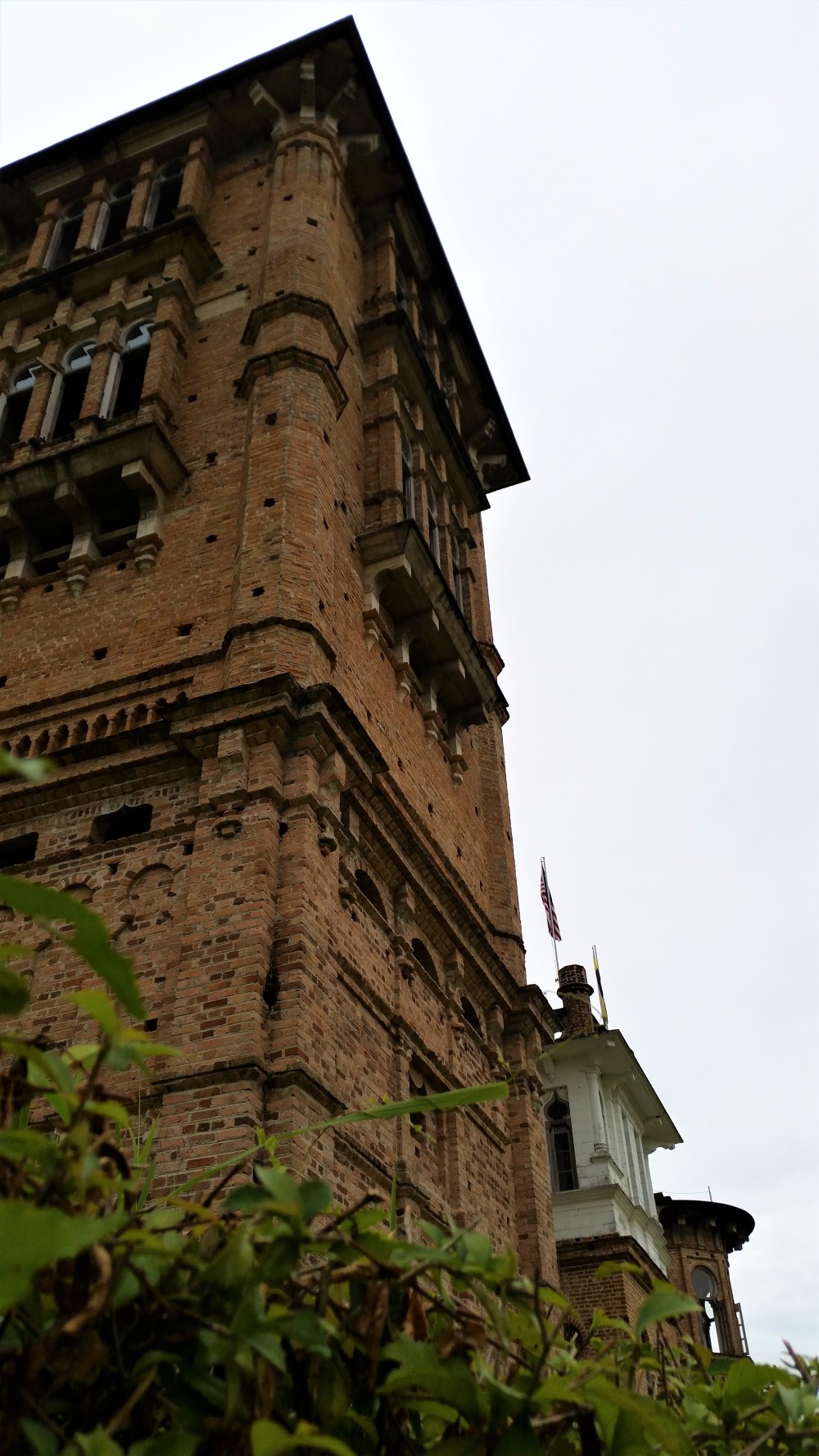
When completed it was to feature 14 rooms, a tennis court, a entertainment space on the rooftop, an elevator for it’s 6-storey tower (a lavish luxury at that time), a wine cellar and even a tunnel connects the castle to a nearby Hindu temple.
An annex was built to houses cooks and servants quarters, and a large kitchen area, equipped with ovens.
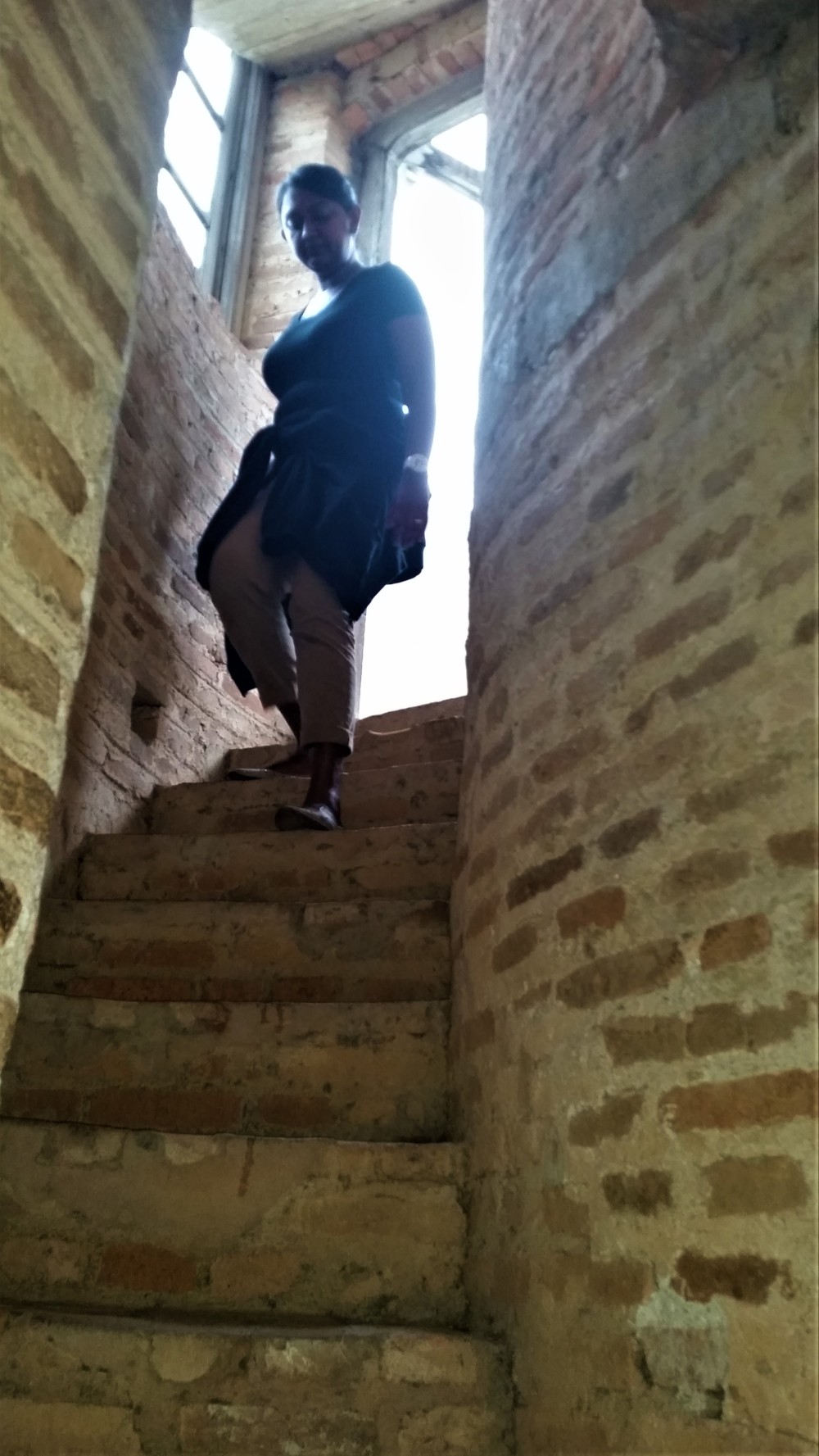
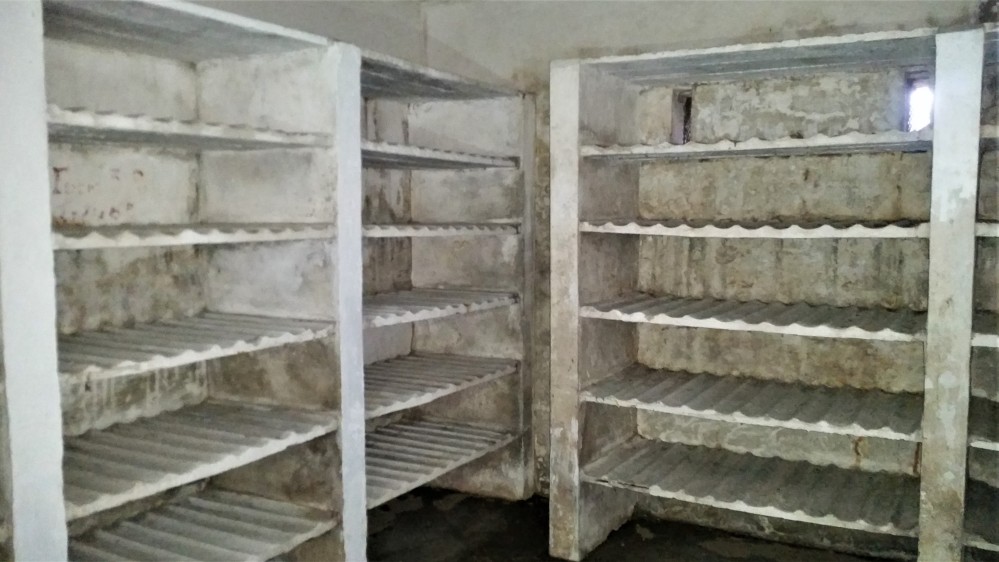
Visitors can go all the way up to the entertainment space on the roof and visit almost every room in this castle, including the wine cellar which was cold and pitch-dark; but nothing my phone flashlight couldn’t handle.
This Hindu Temple (picture below) located about a kilometer away from the castle is probably the only one in the world to feature a Scottish planter as one of its deities.
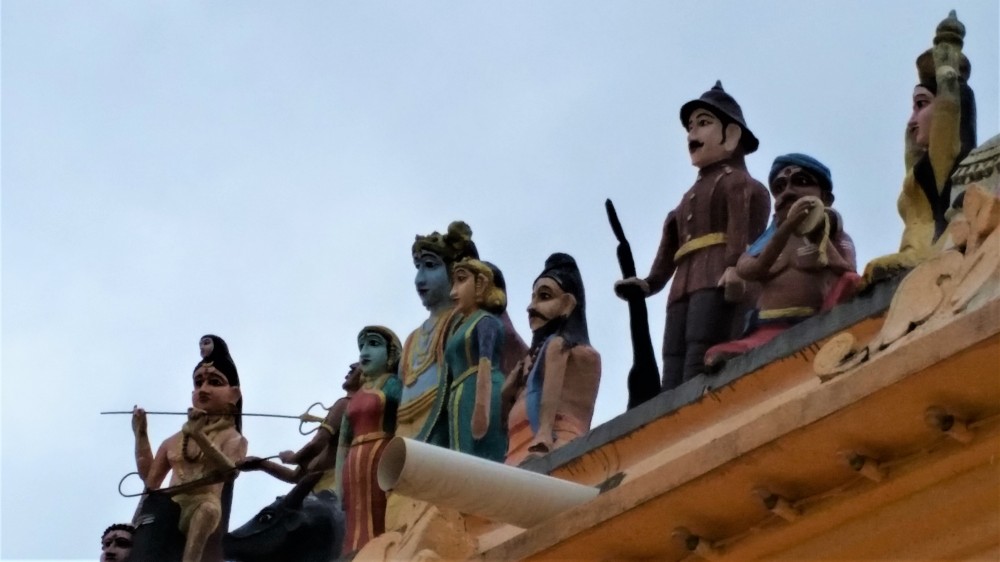
The Mariamman Temple was built by Smith upon the request of South Indian workers building his home after many of them succumbed to Spanish flu in 1914 (some accounts say 1920s).
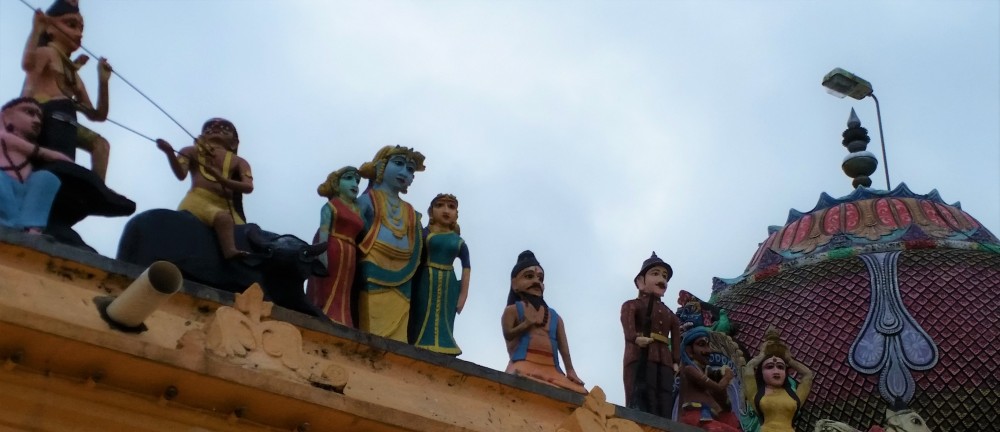
The building of the temple seemed to have appeased the Gods, and the workers and their families recovered and continued construction of the castle.
In gratitude, they included a statue of Smith together with their deities on the temple roof. The decedents of these workers still live around the area.
Construction of this castle was however not a smooth affair. In addition to illness affecting the workers, construction of the castle was plagued with financial setbacks.
Despite this construction went on but at a slow pace, until tragedy struck in December 1926.
Smith who had returned to Scotland, stopped by Lisbon in Portugal (some accounts say it was a business trip, others state that he had stopped by to order an elevator for his new castle in Malaya) where he died of pneumonia at the age of 56.
Following his death, Agnes sold the plantation which included Kellie’s Castle to Harrisons and Crossfield – a large plantation company, and returned to Scotland with her two children.
With that, the construction of the castle was halted, and the unfinished structure was abandoned and fell into disrepair for several decades until it was restored and turned into a tourist destination recently.
William Kellie Smith’s son, Anthony Kellie Smith died in World War II and not much has been documented about Agnes Smith or Helen Smith. One article written four years ago by a local daily Utusan Malaysia indicated that Anthony’s grandson (no name given) had visited the castle his great-grandfather had envisioned for his loved ones, but tragically never had the chance to complete.
Today, his dream is relished by locals and visitors to Malaysia. It was a sad ending for Smith, but depending on how you see it, the doors of his dream home did not remain shut.
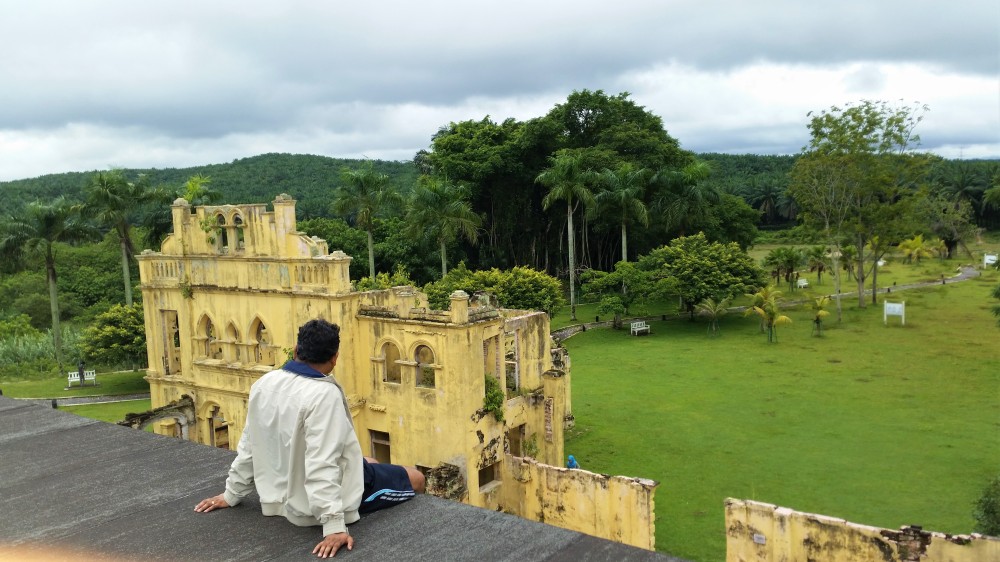
Today, his home welcomes thousands of visitors every year and has become a recreation spot for families in the area, and those who stop by from all over Malaysia.
More importantly, Kellie’s castle stands as a record of Smith’s love story for his family, his achievement, legacy and contributions to the state of Perak.
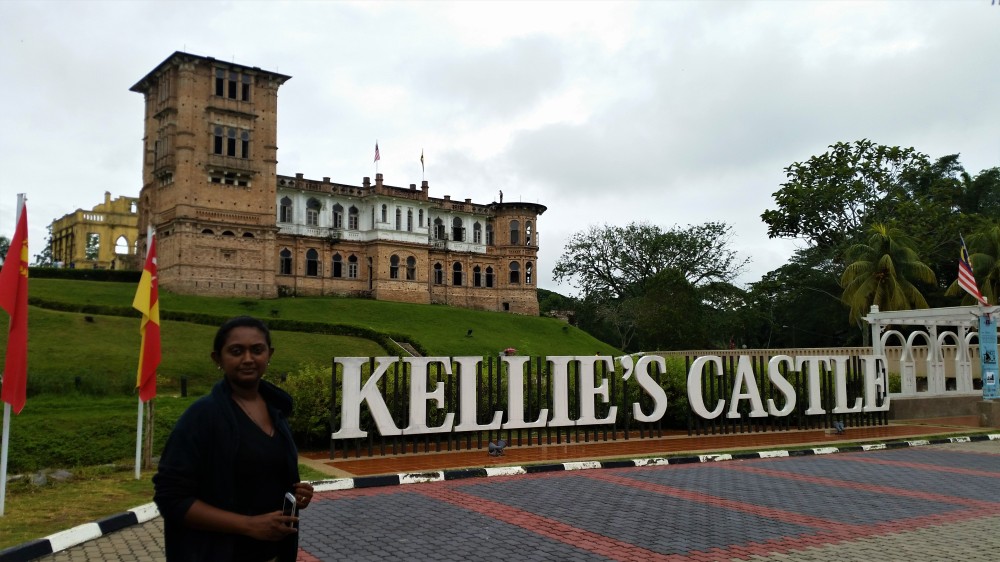
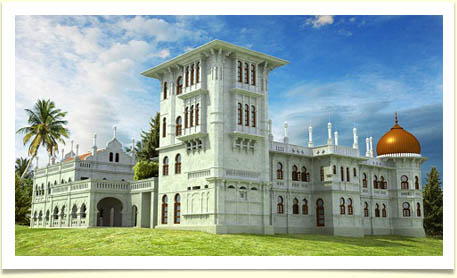
Read about the Birth of the Kellie saga and William Kellie Smith’s village in Scotland at Chasing Ghosts
